Cats are often seen as independent creatures, and while this is true to some extent, they are also capable of being social and affectionate. For those who wish to have a more interactive relationship with their feline friends, training your cat to be more social can be both rewarding and enjoyable. By following these guidelines, you’ll be on your way to fostering a more engaging relationship with your furry companion.
Understanding Your Cat’s Personality
Every cat is unique, possessing its own personality and quirks. Just like people, some cats are naturally more sociable, while others are shy or reserved. Before you begin any training, it’s essential to understand your cat’s nature. Observing their behavior in different settings can offer insights into their comfort levels and social tendencies. Remember, a cat that hides from guests might simply be overwhelmed, while a cat that greets everyone at the door might be naturally outgoing. Knowing your cat’s baseline behavior will help you tailor your approach to their specific needs.
Establishing Trust with Your Cat
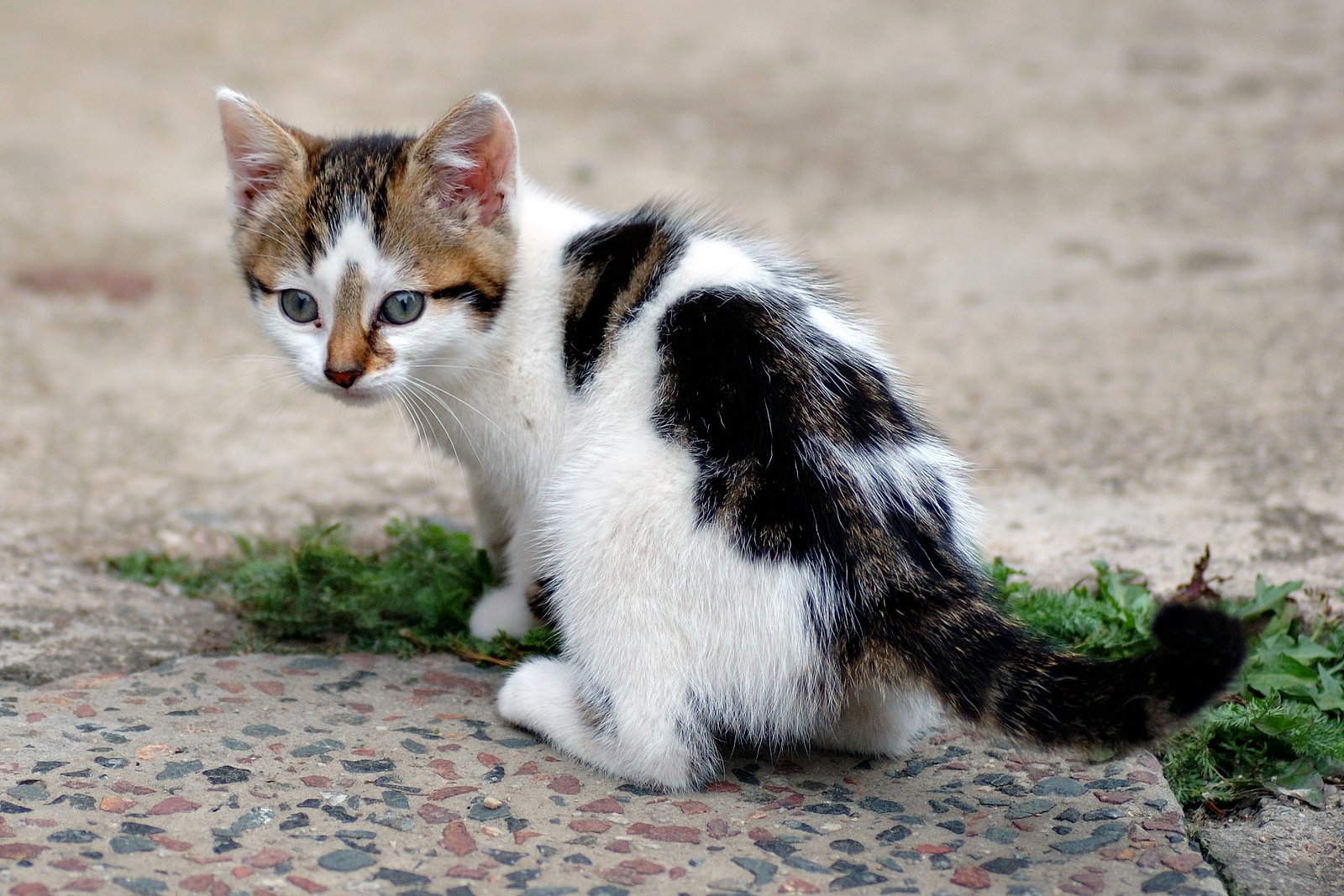
Trust is the foundation of any strong relationship, including the one between you and your cat. To build trust, spend quality time with your cat without forcing interactions. Allow them to come to you on their terms. You can sit quietly in the same room, offering gentle words or treats. Trust is built over time, so be patient and consistent. The more your cat associates you with positive experiences, the more likely they are to open up and become more social.
Creating a Safe Environment
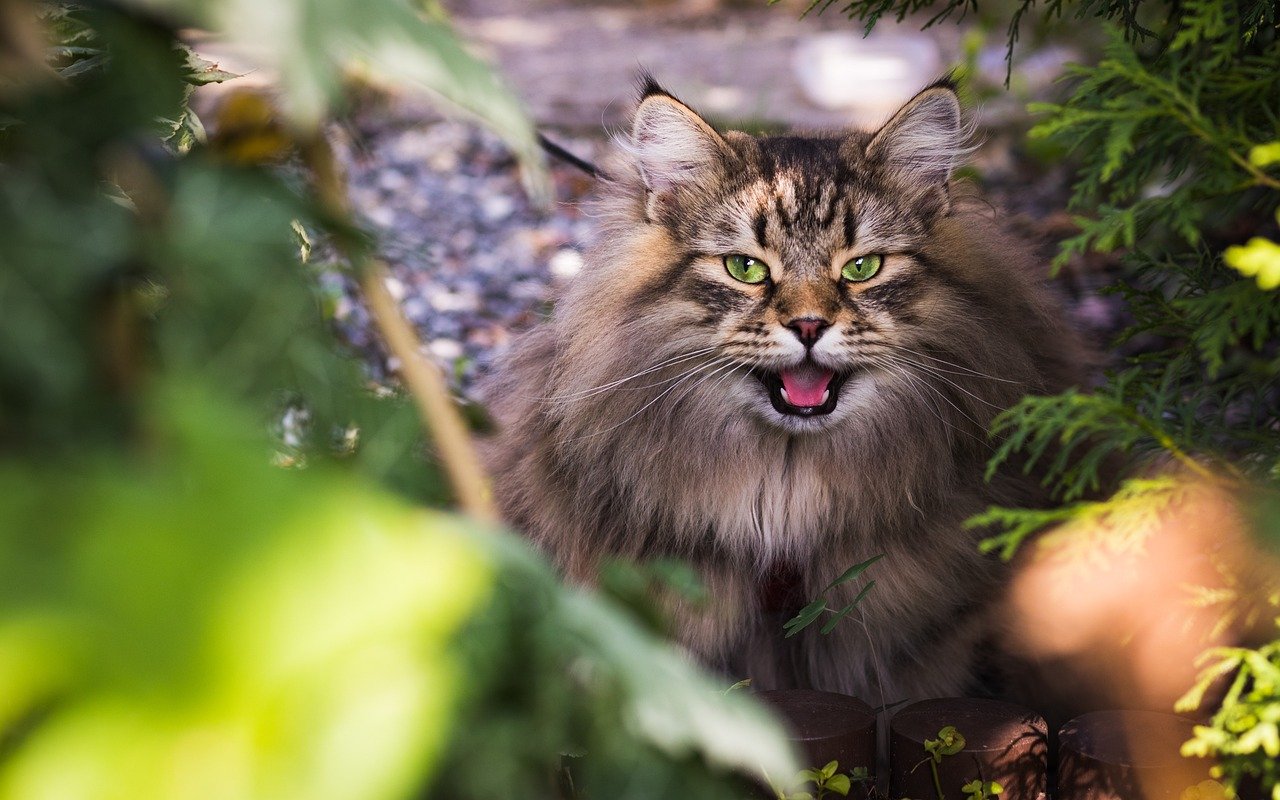
A safe environment is crucial for a cat to feel comfortable and secure. Ensure your home has plenty of hiding spots and elevated areas where your cat can retreat if they feel threatened. This gives them control over their environment, which can boost confidence. Additionally, make sure their essentials, like food, water, and litter box, are in accessible locations. When a cat feels safe, they’re more likely to explore and interact, both with you and their surroundings.
Using Positive Reinforcement

Cats respond well to positive reinforcement, which involves rewarding desired behavior. Whenever your cat engages socially, such as approaching you or playing with toys, reward them with treats, affection, or verbal praise. This method helps them associate social behavior with positive outcomes. Consistency is key, so ensure that everyone in the household is on the same page, using the same rewards and cues. Over time, your cat will learn that social interactions lead to good things.
Introducing New Experiences Gradually

Sudden changes can be overwhelming for cats, so introduce new experiences gradually. Whether it’s a new toy, visitor, or environment, allow your cat time to adjust. Start with short, positive encounters and gradually increase their duration. For example, if you’re introducing a new family member or pet, start with brief, supervised interactions and increase the time as your cat becomes more comfortable. Patience and gradual exposure will help reduce anxiety and encourage sociability.
Encouraging Playtime

Playtime is an excellent opportunity to bond with your cat and encourage social behavior. Interactive toys, such as feather wands or laser pointers, can engage your cat’s natural hunting instincts while providing mental stimulation. Regular play sessions strengthen your bond and help your cat associate you with fun and excitement. Remember to let your cat “catch” the toy occasionally to prevent frustration and ensure a satisfying play experience.
Understanding Body Language

Cats communicate primarily through body language, and understanding these signals can enhance your interactions. Pay attention to your cat’s ears, tail, and posture. For instance, a cat with relaxed ears and a gently swaying tail is likely content, while flattened ears and a twitching tail may indicate stress or irritation. By recognizing these cues, you can adjust your approach, making your cat feel more understood and comfortable, thereby promoting social behavior.
Providing Socialization Opportunities

Expose your cat to various socialization opportunities to help them become more accustomed to different people and environments. Invite friends over for short visits and allow your cat to observe from a distance if they prefer. Over time, as they become more comfortable, they may choose to engage more directly. Additionally, consider using cat-friendly events or playdates with other known cats to broaden their social experiences.
Encouraging Gentle Handling
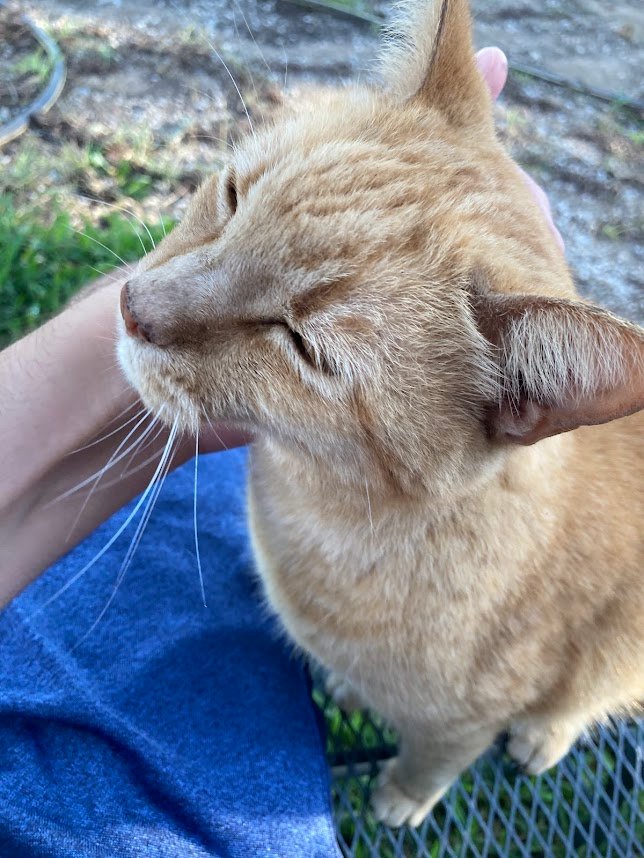
Teaching your cat to accept gentle handling is essential for fostering a trusting and social relationship. Begin by petting them in areas they enjoy, such as the chin or behind the ears, and gradually introduce handling of other areas, like their paws or belly. Always be gentle and watch for signs of discomfort. By associating handling with positive experiences, your cat will become more comfortable with touch, enhancing their sociability.
Respecting Your Cat’s Boundaries

While encouraging social behavior is important, it’s equally crucial to respect your cat’s boundaries. If your cat signals that they need space, such as by moving away or showing signs of stress, allow them to retreat. Pushing a cat too far can damage trust and hinder progress. By respecting their limits, you show that you value their comfort and well-being, which can ultimately lead to greater sociability over time.
Using Calming Aids and Techniques
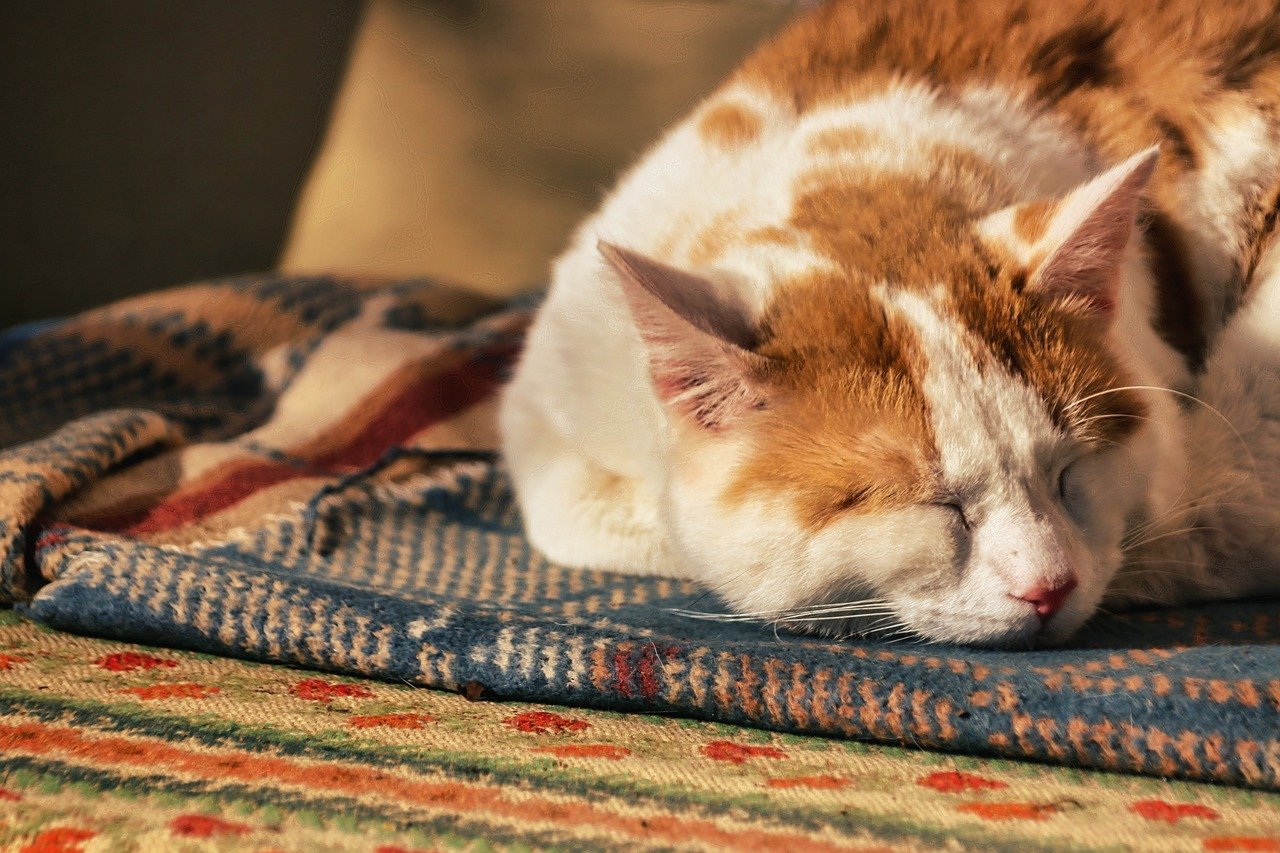
For cats that are particularly anxious or shy, calming aids can be beneficial. Products like pheromone diffusers, calming sprays, or supplements can help reduce stress and promote relaxation. Additionally, techniques such as slow blinking, which mimics cat-friendly communication, can help convey a sense of calm and trust. These tools can be especially helpful during transitions or when introducing new experiences.
Building a Routine

Cats thrive on routine, as it provides predictability and security. Establishing a consistent schedule for feeding, playtime, and interaction helps your cat know what to expect and reduces anxiety. A routine can also make it easier for your cat to anticipate social interactions, making them more likely to engage willingly. Consistency in daily activities fosters a stable environment, encouraging your cat to become more social.
Understanding the Role of Diet
Diet can play a role in your cat’s overall well-being and behavior. A balanced, nutritious diet ensures your cat maintains good health, which can positively impact their mood and energy levels. Consult with your veterinarian to ensure your cat’s diet meets their specific needs. A well-fed cat with plenty of energy is more likely to engage in social activities, enhancing their sociability.
Addressing Behavioral Issues

If your cat exhibits specific behavioral issues that hinder their sociability, it’s important to address them promptly. Issues like aggression, excessive fear, or litter box problems may require consultation with a veterinarian or a professional animal behaviorist. Identifying and resolving underlying issues can pave the way for more positive social interactions.
Encouraging Interaction with Other Pets
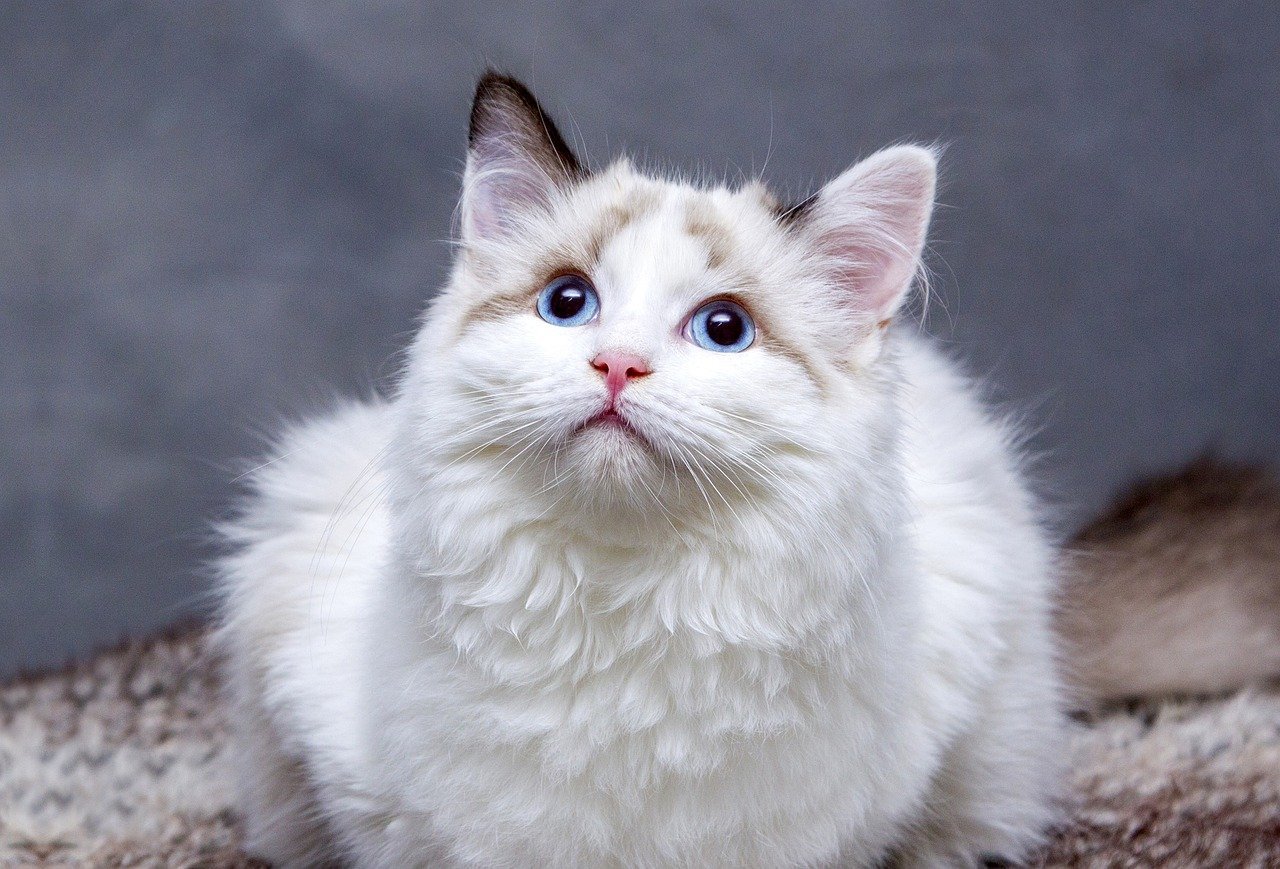
If you have other pets, fostering positive interactions between them can enhance your cat’s social skills. Ensure introductions are gradual and supervised, allowing all animals time to adjust. Positive interactions with other pets can teach your cat valuable social cues and behaviors, leading to a more harmonious household where your cat feels more comfortable engaging socially.
Recognizing Progress and Celebrating Success
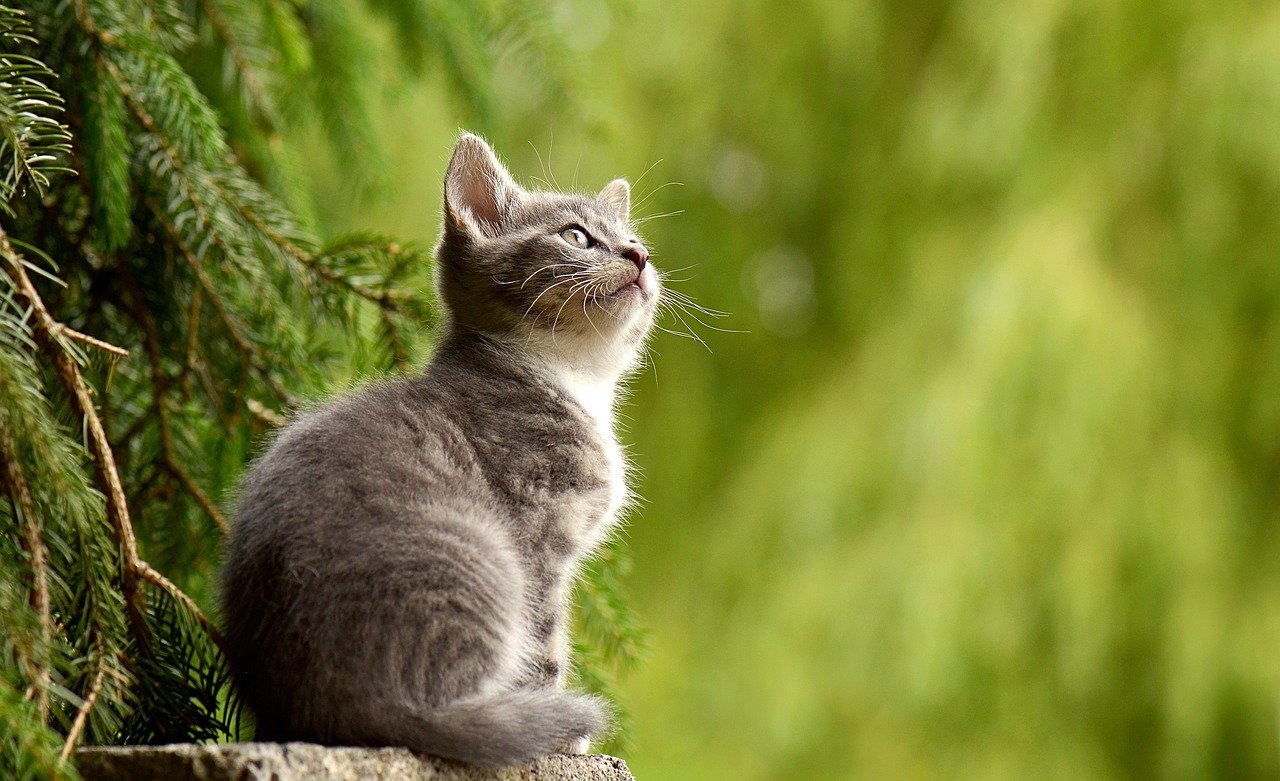
As you work on socializing your cat, it’s important to recognize and celebrate their progress. Small milestones, like approaching a new guest or engaging in playtime, should be acknowledged and rewarded. Celebrating these successes reinforces positive behavior and motivates continued growth. Remember, progress may be slow, but each step forward is a victory worth celebrating.
Incorporating Enrichment Activities

Enrichment activities provide mental stimulation and encourage social behavior. Puzzle feeders, training exercises, and interactive play can all engage your cat’s curiosity and intelligence. By incorporating enrichment into your daily routine, you offer your cat opportunities to explore and interact in new ways, fostering a more social and engaged pet.
Staying Patient and Consistent
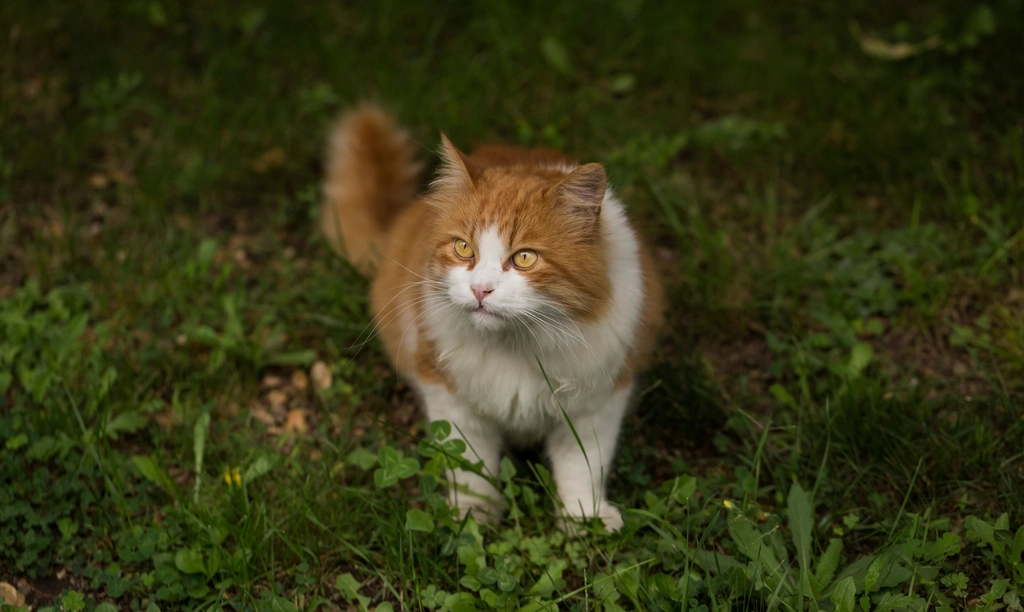
Training a cat to be more social requires patience and consistency. Cats may not respond immediately, and progress can be slow at times. However, by maintaining a steady approach and continuing to offer positive experiences, you can help your cat become more comfortable and social. Patience is key, and over time, your efforts will be rewarded with a more interactive and affectionate companion.
Seeking Professional Help When Needed
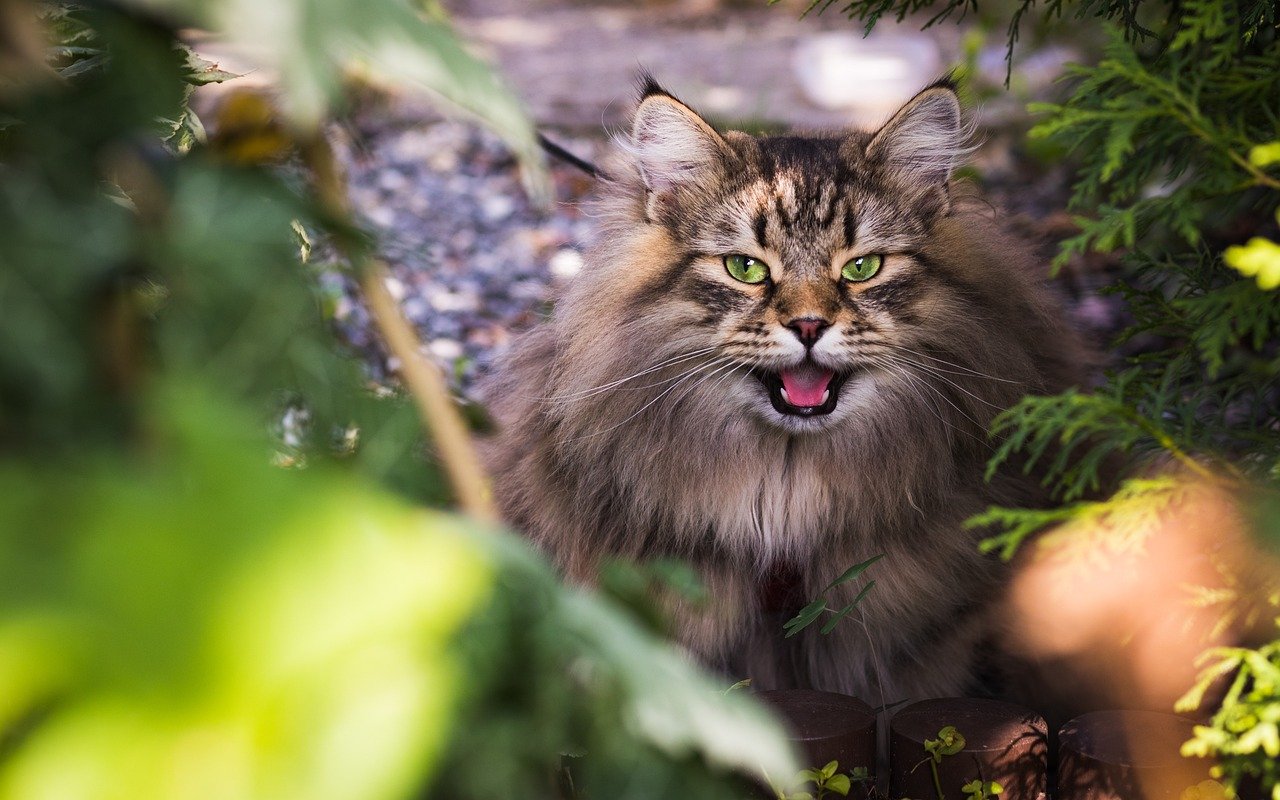
If you find that your cat’s social behavior isn’t improving or if you encounter significant challenges, seeking professional help may be beneficial. A veterinarian or animal behaviorist can offer insights and tailored strategies to address specific issues. Professional guidance can provide additional support, ensuring you and your cat achieve the best possible outcome.
Conclusion

Training your cat to be more social is a journey that requires understanding, patience, and consistency. By building trust, creating a safe environment, and using positive reinforcement, you can encourage your cat to engage more openly with you and their surroundings. Remember to respect your cat’s boundaries, celebrate their progress, and seek professional help if needed. With time and effort, you can foster a more fulfilling and interactive relationship with your feline friend.
Hi, I’m Bola, a passionate writer and creative strategist with a knack for crafting compelling content that educates, inspires, and connects. Over the years, I’ve honed my skills across various writing fields, including content creation, copywriting, online course development, and video scriptwriting.
When I’m not at my desk, you’ll find me exploring new ideas, reading books, or brainstorming creative ways to solve challenges. I believe that words have the power to transform, and I’m here to help you leverage that power for success.
Thanks for stopping by, Keep coming to this website to checkout new articles form me. You’d always love it!






